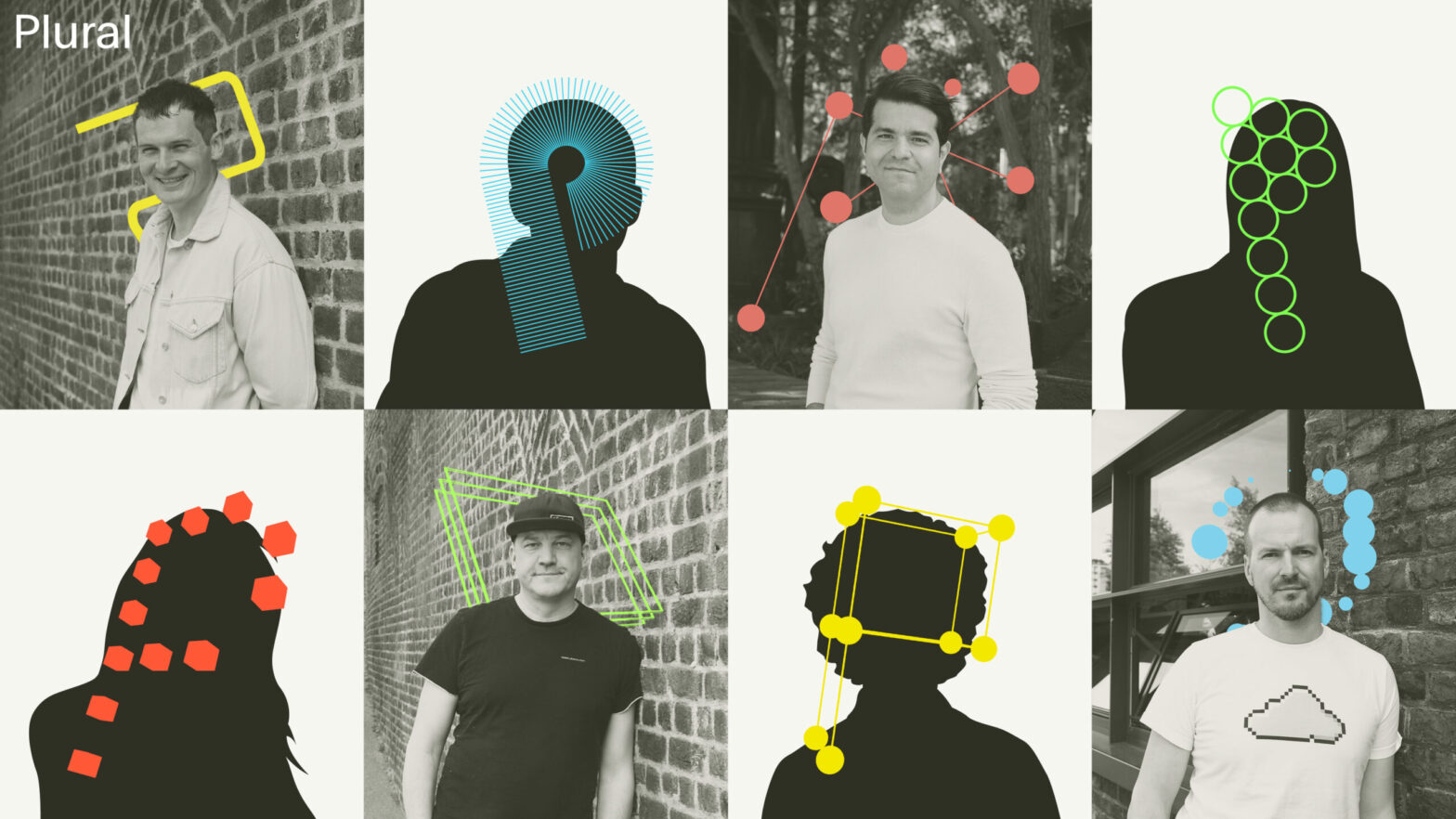Vivacity Labs, a UK start-up developing AI camera technology, has secured a total of £3 million in funding through a £1.7 million grant from Innovate UK, and £1.6 million from Tracsis, Downing Ventures and the London Co-Investment Fund.
Vivacity Labs creates sensors with in-built machine-learning that can identify individual road users and manage traffic accordingly. This first of its kind technology aims to cut traffic-related mishaps, ease congestion, and warn driverless cars of vulnerable road users nearby. The £1.7 million project grant from Innovate UK’s Smart Cities initiative will help the start-up roll out a 2,500 of Vivacity Labs’ sensors across 50 square miles of Milton Keynes, monitoring all major junction points and car parking spaces.
This is the first step in creating an intelligent traffic management system that avoids bottlenecks and improves safety by influencing traffic movement as it happens, based on the type of traffic and monitoring the areas where it becomes congested.
The first 12 months of the project will involve installation of the sensors and subsequent data gathering (expected to start in September), followed by integration into traffic management systems.
Safety for future autonomous vehicles
Vivacity Labs’ cameras can improve road safety for future autonomous vehicles. It will also allow future traffic lights to prioritise cyclists, buses or ambulances with green lights, and vehicles with dashboards that communicate with traffic lights could also flag the presence of cyclists to lorry drivers. The technology can also enable traffic lights to communicate with driverless cars around the corner and inform them if pedestrians are crossing the road.
“This lays the groundwork for the smart city of the future, using data flows to guide driverless vehicles to their destination with minimal congestion. It also improves traffic today as it can be linked with existing management systems to keep vulnerable road users, such as cyclists, safe by giving priority at lights, or alter signs to direct traffic away from congestion,” Yang Lu, Vivacity Labs’ chief technology officer explains.
Capturing data
Councils and highways agencies currently capture huge amounts of video from roadside cameras but currently the image analysis has to be done by experts in remote control centres. Investment from Tracsis, a global data capture and analysis firm, is expected to boost the uptake of the technology.
Its traffic and data services division already processes large amounts of video data for hundreds of local councils and highways agencies in the UK and elsewhere, yet this is typically done manually. Vivacity Labs’ systems will allow Tracsis to automate a lot of this by replacing this manual image processing with cameras that have built-in AI technology.
“There is very limited intelligence to the current management of urban roads. Traffic lights are sequenced but rarely reactive to the levels of traffic around them. Traffic monitoring is still done manually. By introducing AI into the camera itself, Vivacity Labs has created a system that accurately identifies and reports road usage, removing the need for cumbersome manual interpretation and significantly reducing the potential for human error,” Vivacity Labs’ Yang Lu adds.
Vivacity Labs’ technology focusses on smarter urban management and, ultimately, driverless cars. By identifying each road user’s mode of transport, including cyclists, the system can autonomously report the exact levels of traffic at all points being monitored. The technology can then be integrated with traffic management infrastructure such as traffic signs, or cyclist-specific lights, to influence and direct traffic, minimise congestion and protect vulnerable road users.
As the autonomy of cars continues to increase, this infrastructure will eventually talk to road users individually, says Yang Lu, from sending personalised route alerts and warnings about potentially hazardous road users nearby, to ultimately organising and directing driverless vehicles.
See also: Autonomous flying cars, small businesses and your workforce






